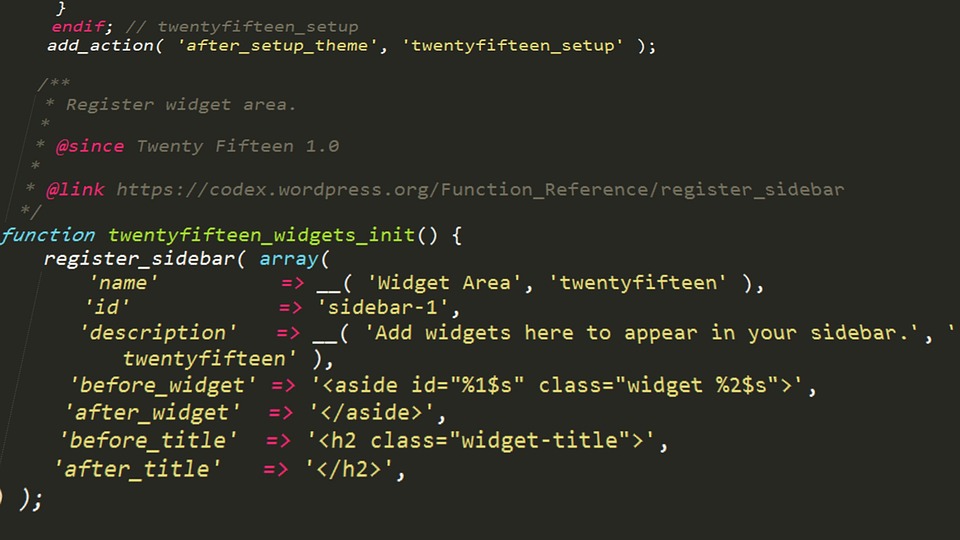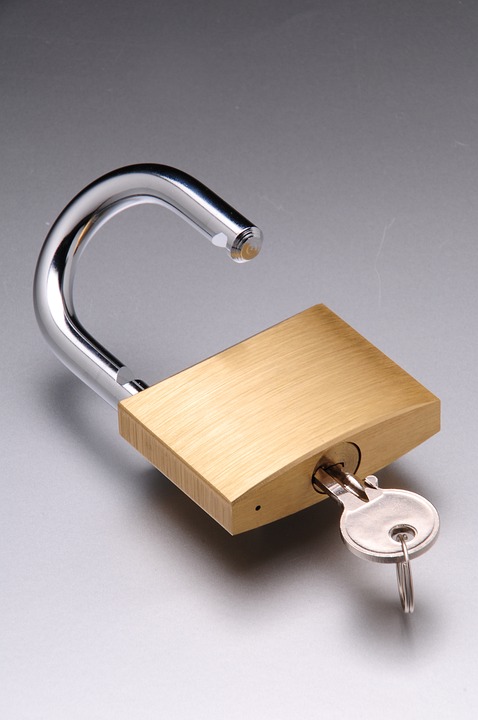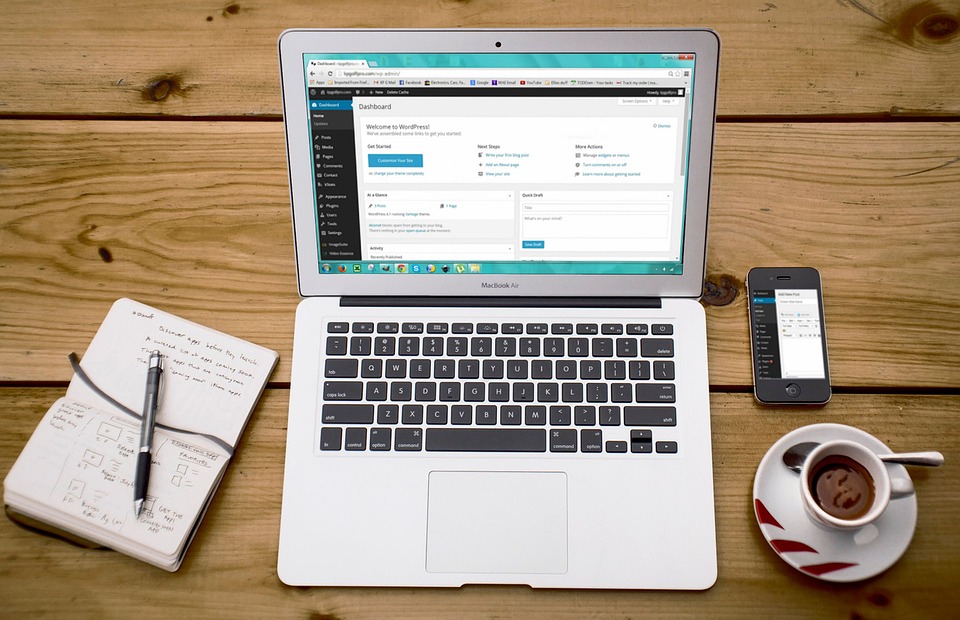WordPress, a powerfully flexible content management system, is enjoyed by millions of users and developers worldwide. However, like any complex software platform, it can encounter its fair share of issues. Whether you’re dealing with a site that won’t load, a plugin that’s behaving erratically, or an unexpected error message, knowing how to properly troubleshoot WordPress is crucial for maintaining a smooth user experience. This article outlines essential tools and techniques that every WordPress developer should have in their debugging toolkit.
1. Enable Debugging in WordPress
The first step in troubleshooting WordPress issues is enabling WordPress debugging. This can provide additional error messages that can help you pinpoint the source of the problem.
To enable debugging, access your wp-config.php file, usually located in the root directory of your WordPress installation, and add or modify the following lines:
define('WP_DEBUG', true);
define('WP_DEBUG_LOG', true);
define('WP_DEBUG_DISPLAY', false); // Set to false on live sitesWith this configuration:
- WP_DEBUG enables the debugging mode.
- WP_DEBUG_LOG creates a debug.log file in the
wp-contentdirectory where all errors will be logged. - WP_DEBUG_DISPLAY controls whether errors should be printed to the screen. It’s often set to
falseon live sites to avoid disclosing sensitive information.
2. Use the Browser Developer Tools
Web browsers come equipped with developer tools that can help diagnose frontend problems. By right-clicking on the page and selecting ‘Inspect’ or pressing F12, you can access these tools. Here are some features to utilize:
- Console: Check for JavaScript errors that may be affecting site functionality.
- Network Tab: Monitor requests to see if files are loading correctly, including stylesheets, scripts, and images.
- Elements Tab: Inspect HTML and CSS to ensure that the elements are rendering properly.
3. Deactivate Plugins and Themes
Conflicts between plugins or between a plugin and the active theme are common culprits behind issues in WordPress. To quickly identify whether your problem is plugin-related:
- Deactivate all plugins: You can do this from the admin dashboard under Plugins. If the issue resolves, activate each plugin one by one until you find the culprit.
- Switch to a default theme: Change your theme to one of WordPress’s default themes (like Twenty Twenty-One). If the problem disappears, the issue likely lies within your custom theme.
4. Review the .htaccess File
The .htaccess file, located in the root directory, can influence how URLs are processed and how security rules are applied. If it’s corrupted or incorrectly configured, it may result in various site issues. To check:
- Backup the existing .htaccess file.
- Replace it with a default WordPress
.htaccess:
# BEGIN WordPress
<IfModule mod_rewrite.c>
RewriteEngine On
RewriteBase /
RewriteRule ^index\.php$ - [L]
RewriteCond %{REQUEST_FILENAME} !-f
RewriteCond %{REQUEST_FILENAME} !-d
RewriteRule . /index.php [L]
</IfModule>
# END WordPress- Save changes and test your site.
5. Check File Permissions
File and directory permissions can also lead to various issues. As a general rule, directory permissions should be set to 755, and file permissions should be set to 644. You can adjust permissions using an FTP client or through your web hosting file manager.
6. Increase PHP Memory Limit
A site that runs out of memory can lead to error messages. To increase the PHP memory limit, add the following line in your wp-config.php file:
define('WP_MEMORY_LIMIT', '256M');This can help improve performance for resource-intensive plugins and themes.
7. Use Query Monitor
For a more advanced debugging experience, you can utilize the Query Monitor plugin. This powerful tool provides insights into various aspects of your site, including:
- Database queries and their performance
- Hook and action execution
- PHP errors and notices
- Page generation time
- Memory usage and much more
8. Debugging with Logs
Sometimes, it’s not enough to simply check error messages in the debug log. You may need additional logging capabilities. Plugins like WP Log Viewer can help you review logs directly within your WordPress dashboard.
Alternatively, if you’re working with custom code, including error logging can be beneficial:
error_log('Your custom message here');9. Use WP-CLI
For those who prefer command-line tools, WP-CLI is an invaluable resource. This command-line interface provides a powerful way to manage your WordPress site, allowing you to run commands for debugging, database management, plugin management, and more.
Conclusion
Troubleshooting WordPress issues requires a systematic approach and the right tools. By enabling debugging, utilizing browser developer tools, deactivating plugins and themes, and employing specialized plugins like Query Monitor and WP-CLI, developers can quickly identify and resolve issues, ensuring their sites run efficiently. Keeping these strategies handy in your debugging toolkit will not only streamline your troubleshooting process but also enhance your proficiency as a WordPress developer. Happy coding!
Contact Us






